Growth Hormone, Exercise, and Athletic Performance: A Continued Evolution of Complexity
Document Type
Article - Merrimack Access Only
Publication Title
Current Sports Medicine Reports
Publication Date
7-2010
Abstract/ Summary
Growth hormone (hGH) presents pleiotropic effects in many tissues encompassing a diverse range of physiological actions. Its complexity as a family of hormones with different isoforms arid different somatotroph molecular functions continues to challenge the status quo of our understanding of its release, function, and signaling. Owing to the fact that the majority of the literature has viewed hGH from the perspective of the primary 22 kD monomer, further investigation is needed as to the influence arid biological activity of other aggregate arid splice variant isoforms that are released into circulation. Its role over the life span and with supplementation yields equivocal results with more study needed. Testing for the use of hGH has progressed, and the first positive test was recently documented. Understanding of pituitary function and physiology will remain complex until the use of a broader range of analytical techniques, including assays, becomes mainstream.

